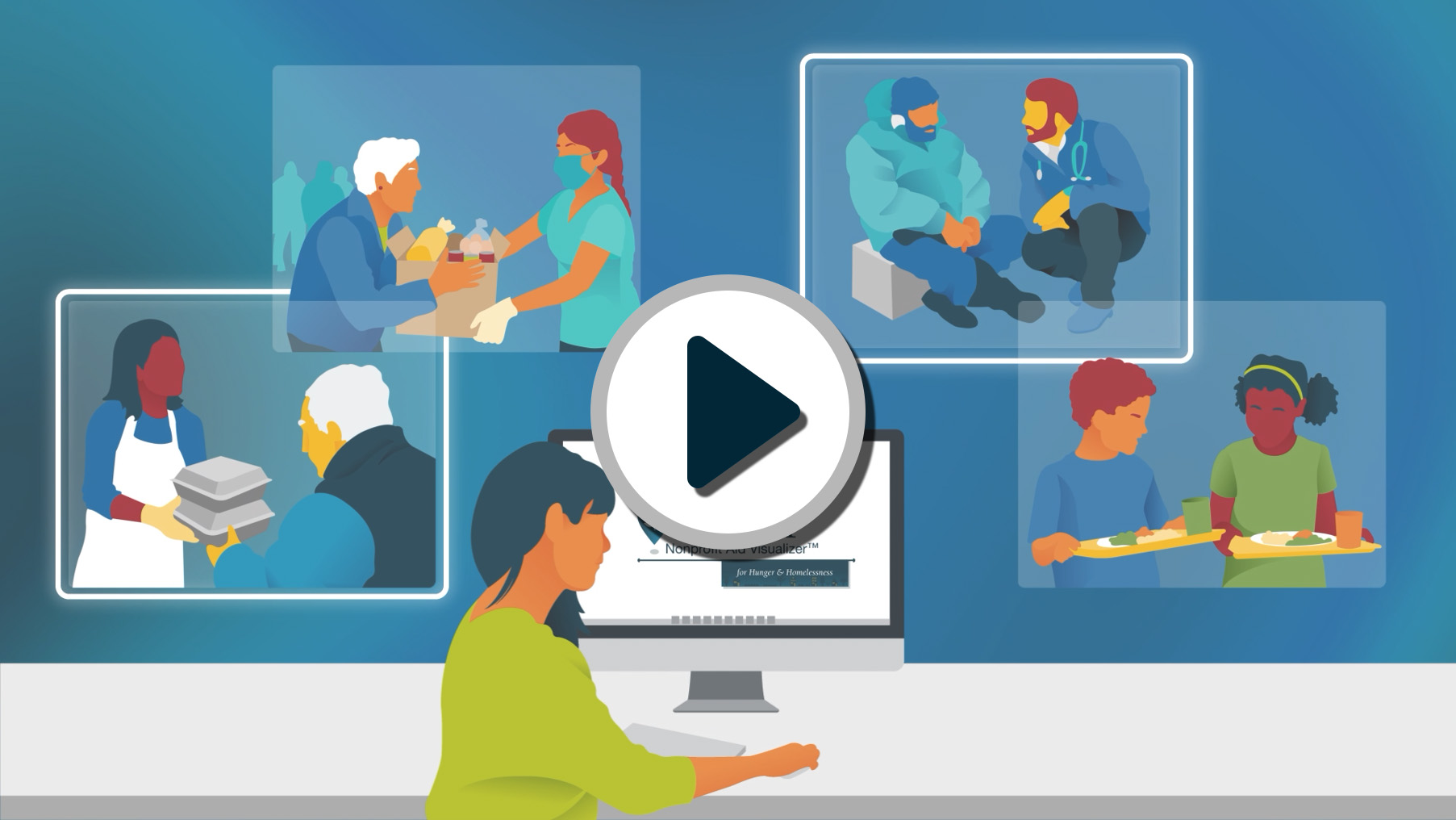Rising to the occasion: Millennials drive disaster relief giving in 2022
Oct 11, 2022
Over the past few years, a range of unexpected developments, from COVID-19 and the war in Ukraine to natural disasters and international humanitarian crises, have generated headlines and demanded our attention, compassion, and support. In the face of such uncertainty, donors have responded resoundingly – focusing their giving strategy to support the communities and causes hit hardest.
Millennials (those born between 1981 and 1996) in particular have driven this charge over the last year, according to a survey of 1,300 American donors conducted by Vanguard Charitable earlier this year. Our survey found that millennials have given significantly more over the past year to disaster relief than the group that has traditionally been viewed as the “most philanthropic” demographic, the Baby Boomer generation (those born between 1946 and 1964). Millennials have a unique set of priorities and preferences when it comes to philanthropy and are shaking up the giving landscape.
As one of the largest grantmakers in the U.S., we’ve been following these trends closely and monitoring how giving behaviors continue to evolve. We regularly conduct surveys to gain a clearer sense of how donor behavior and intentions are changing. Below are three trends in how Millennials are approaching philanthropy and what this means for the future of giving:
1. Millennials are giving 5x more money than Baby Boomers to support disaster relief
Millennials are hitting a life stage where they are gaining financial security and now have the ability to give to causes that interest them or that impact them and their growing families. As Baby Boomers approach retirement age, the younger Millennial generation is establishing its economic influence for the first time. Millennials have a strong sense of community and understand the impact they can make on the world through charitable giving; according to NonprofitSource, 84% of Millennials give to charity[1] . In many cases, Baby Boomer parents have instilled Millennials’ passion for giving and accountability for the world around them.
However, the ways in which Millennials are choosing to donate appear to be different than their parents. According to our survey, millennials gave five times more money than Baby Boomers to support disaster relief from April 2021 to April 2022. Given the unfortunate reality that global and natural disasters will continue coming to light, we’re optimistic that this type of giving will continue as the economic influence of Millennials grows.
Vanguard Charitable is also seeing Millennials grow among our donor base, with the cohort having opened 755 new accounts between April 2021 and April 2022, an increase of 124% over the same time period three years before.
2. Millennials are diversifying their giving to include charities they've never supported before in response to national global disasters
Not only are Millennials giving more to disaster relief, but they are more likely to seek out new-to-them charities, especially in the face of tragedy. According to our survey’s findings, 31% of Millennials gave to a charity they’d never supported before in response to a recent local or global disaster, compared to 16% of Baby Boomers. Reasons Millennials named for donating to charities they hadn’t supported in the past included getting a recommendation from a friend/family member (39%) – which could be driven by influence from their Baby Boomer parents –, having extra money to spend (35%), experiencing a personal situation or life event (33%), and finding a new passion to make an impact on the world (22%).

NAVi for Hunger & Homelessness
When the need is great and persistent, the response must be innovative and ambitious.
Click the play button to see how NAVi empowers your giving.
Because Millennials may not have longstanding relationships with charitable organizations, tools that enable strategic, informed giving, like Vanguard Charitable’s Nonprofit Aid Visualizer (NAVi), are especially valuable to this generation. NAVi provides data and information to help donors find nonprofits that are making an impact in the areas that matter most to them.
3. 42% of millennials have become more interested in how their giving is making an impact
Social media and new technology popular with Millennials and younger generations can increase general awareness of natural disasters and other tragedies. First-person video and images shared online have connected individuals from around the world and brought us even closer to the victims of these unfortunate events. It comes as no surprise that many donors today are more interested in how their funds are supporting those who need them.
According to our survey, 42% of Millennial donors have placed an increased emphasis over the past year on how their donations are making an impact, compared with 21% of Baby Boomers. As impact becomes more important to donors, charities will want to think about how they can measuring and demonstrate the positive benefits of their efforts. By sharing on-the-ground stories and detailed accounts of how donations are making a direct impact on those most in need, nonprofits can build lasting donor relationships. The more impact donors can tangibly see, the more likely they are to create a sustained giving plan to provide ongoing support to those nonprofits.
Navigating donor dynamic changes
As Millennials’ approach to philanthropy continues to evolve – and their influence in the sector grows – the giving landscape will also change. Grantmakers and nonprofits should adapt in order to meet their shifting priorities and preferences. At Vanguard Charitable, we are continually finding ways to better understand giving behavior and empower donors to support the causes that mean the most to them, whether through a donor-advised fund or not. We see the value in strategic, ongoing giving practices and strive to fulfill our mission of increasing philanthropy and maximizing its impact over time – for all generations and demographics.
This survey was conducted online within the United States by The Harris Poll on behalf of Vanguard Charitable from April 7-11, 2022, among 2,067 U.S. adults ages 18 and older, among whom 1,341 donated to charity in the past 12 months. The sampling precision of Harris online polls is measured by using a Bayesian credible interval. For this study, the sample data is accurate to within + 2.8 percentage points using a 95% confidence level. For complete survey methodology, including weighting variables and subgroup sample sizes, please contact Katie Miller at Kmiller@gobraithwaite.com.



